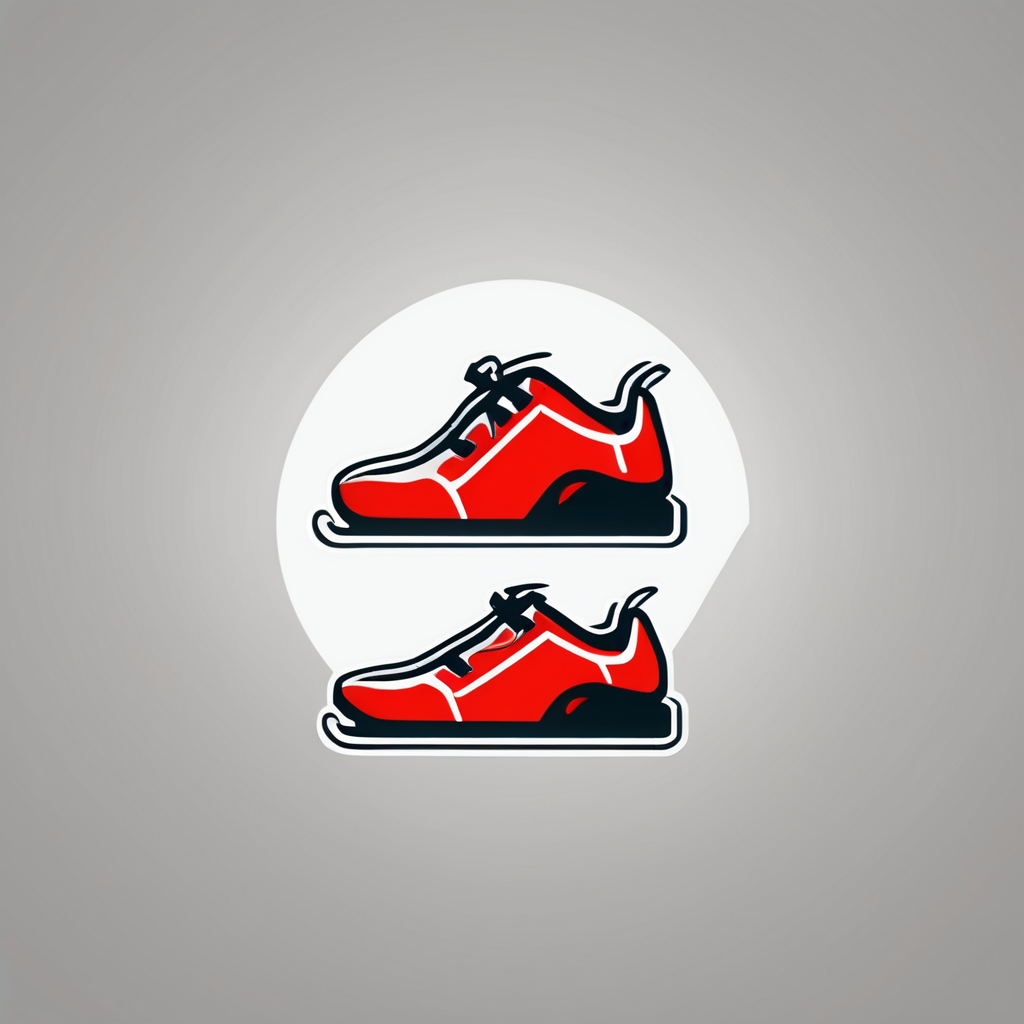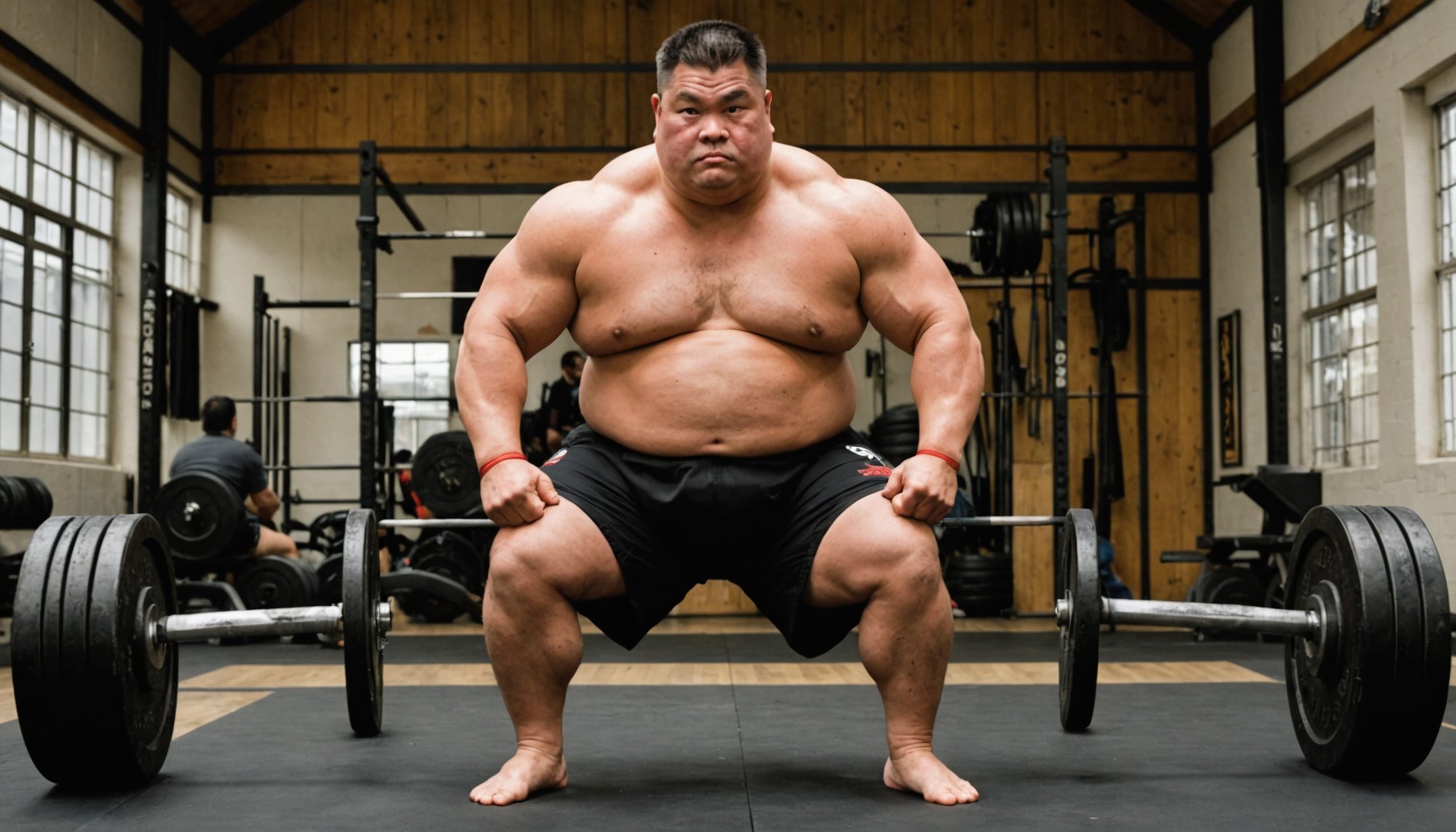Introduction to Sumo Wrestling and Weight Training Techniques
Sumo wrestling, a sport steeped in tradition and discipline, demands rigorous physical attributes from its athletes. Known for its intense bouts and strategic posturing, sumo wrestling requires a unique blend of strength, agility, and endurance. To achieve this, weight training techniques are indispensable for those in the sumo wrestling domain. Renowned UK champions emphasize the critical role of tailored weight training techniques in enhancing their performance.
Weight training for sumo wrestling is designed to meet the sport’s diverse physical demands. UK champions advocate for a regimen that prioritizes both strength and speed. Techniques such as compound lifts, including squats and deadlifts, are often utilized to develop core power, essential for powerful thrusts and defending opponents. Moreover, incorporating movements that mimic sumo stances can improve balance and stability, further refining an athlete’s prowess on the dohyō.
Also read : Elevate Your Taekwondo Game: Top Drills to Master Spinning Kicks for UK Athletes
Insights from UK sumo champions suggest that integrating varied training techniques, coupled with dedicated weight training, best meets the physical demands of sumo wrestling. This comprehensive approach not only builds necessary muscular strength but also hones the finesse required for successful competition.
Training Strategies from UK Sumo Champions
In sumo wrestling, the strategies for weightlifting are as crucial as the matches themselves. UK champions stress the importance of employing advanced weightlifting techniques that incorporate both power and precision. Resistance training is a cornerstone of their regimen, driving strength while enhancing overall agility in the ring.
Also to see : Enhancing UK Martial Arts Training with Mindfulness: A Holistic Approach to Curriculum Integration
Progressive Overload Principles
Progressive overload is a principle that optimally enhances a sumo wrestler’s capability. It involves gradually increasing the resistance in exercises to build muscular power systematically. UK champions implement this by slowly raising weights in exercises like squats and deadlifts. This technique ensures that muscles continually adapt, growing in strength and density.
Core Strength and Stability
A strong core is indispensable in sumo wrestling. British sumo champions incorporate exercises such as planks and Russian twists to focus on their midsection. Strengthening the core aids balance and stability, which are pivotal during a bout.
Mobility and Flexibility Training
Ensuring flexibility and mobility helps in injury prevention and is vital for peak performance. UK sumo athletes use dynamic stretches and yoga poses to maintain flexibility. This not only prepares the body before a match but also aids recovery, complementing robust training efforts.
Practical Exercises for Beginners and Advanced Athletes
Developing a solid foundation in practical exercises is crucial for both beginners and advanced athletes. Key exercises such as squats, deadlifts, and bench presses are advisable for beginners. Mastering form and technique in these foundational exercises ensures safety and maximizes effectiveness. Engaging the right muscle groups and maintaining proper posture can help beginners avoid injuries and facilitate steady progress.
Advanced Techniques for Experienced Athletes
As athletes advance, incorporating advanced techniques like supersets and complexes becomes beneficial. These methods help experienced athletes push past plateaus and enhance muscle endurance. UK sumo champions often integrate these techniques into their routine, focusing on maximizing gains. Proper understanding of these methods allows athletes to pair exercises effectively, maintaining high intensity while reducing rest periods.
Integrating Sumo Techniques into Weight Training
Incorporating traditional sumo techniques into weight training can significantly enhance athletic performance. Exercises that mimic sumo movements, such as wide stance squats, not only build power but also hone conditioning. This diverse approach offers benefits in improving overall adaptability and strength, which are essential in competitive situations. Embracing varied training methods can provide a competitive edge for athletes across disciplines.
Nutrition Tips from Sumo Champions
Behind every sumo champion’s physique lies a carefully crafted nutrition plan. Nutrition plays a pivotal role in the recovery and performance of sumo wrestlers. Adequate caloric intake is necessary to sustain the energy levels required for their intense training regimen. UK champions focus on balanced diets rich in carbohydrates for energy, proteins for muscle repair, and fats for overall body functioning.
A preferred diet strategy among UK sumo champions includes high-protein meals. This often entails lean meats and fish, combined with carbohydrates like rice or sweet potatoes, ensuring sustained energy and muscle recovery. Eating smaller, frequent meals throughout the day rather than large infrequent meals can help maintain optimal metabolic rates.
In addition to nutrient-rich whole foods, meal prep strategies are crucial. Preparing meals in advance can aid in adhering to caloric and macronutrient goals. It helps athletes keep on track amidst their demanding schedules, ensuring they are consistently fuelled for peak performance.
Furthermore, hydration is emphasized, as proper fluid intake is vital for maintaining endurance and preventing dehydration during exhaustive training sessions. Through a dedication to a structured nutrition plan, sumo champions achieve sustained energy and recovery benefits.
Mental Resilience and Motivation
In the high-stakes arena of sumo wrestling, mental toughness is as crucial as physical strength. UK champions often face intense pressure, necessitating robust strategies to cultivate mental resilience. Techniques such as visualization and mindfulness help athletes maintain focus and manage anxiety during bouts. Cultivating a positive mindset, they learn to embrace challenges, which enhances performance under pressure.
Building Mental Toughness
Sumo wrestlers encounter formidable mental challenges. To build resilience, champions focus on consistent practice and mental fortitude. Meditation and deep breathing exercises are common techniques used to center themselves before a match, helping them remain calm and collected.
Goal Setting and Performance Tracking
Establishing achievable goals is pivotal in sumo wrestling training. UK champions set specific, measurable targets to track progress and maintain motivation. Utilizing diaries and digital tools, they document training milestones, using these insights to refine techniques. Such strategies not only drive performance but also foster a sense of accomplishment.
Community and Support Systems
The camaraderie within sumo wrestling is vital for mental fortitude. UK champions often rely on training partners for encouragement and motivation. A collaborative environment enhances morale, fostering a supportive network that is invaluable for personal growth.
Video Demonstrations and Resources
Sumo enthusiasts and aspiring athletes can significantly benefit from accessing on-demand video techniques and practice sessions. These digital resources offer the opportunity to observe seasoned athletes, especially UK champions, executing pivotal drills and methodologies in sumo wrestling. Through video demonstrations, viewers get an intimate look at weight training techniques uniquely tailored for sumo wrestling, providing an illustrative guide on perfecting form and fostering better comprehension of complex moves.
Key demonstrations often showcase progressive overload exercises and core strengthening workouts. Videos can break down these exercises step-by-step, elucidating the mechanics behind powerful squats or dynamic deadlifts. Clear video instruction helps ensure that beginners maintain proper form while pushing their limits safely.
Furthermore, various online platforms house these valuable resources, nurtured by a global community of sumo wrestlers and fitness aficionados. Engaging with these platforms allows viewers to exchange insights, seek feedback, and stay inspired within a supportive network. By leveraging these training resources, both novice and experienced participants can gain confidence, cultivate their skills, and ultimately elevate their performance in the dojo.






